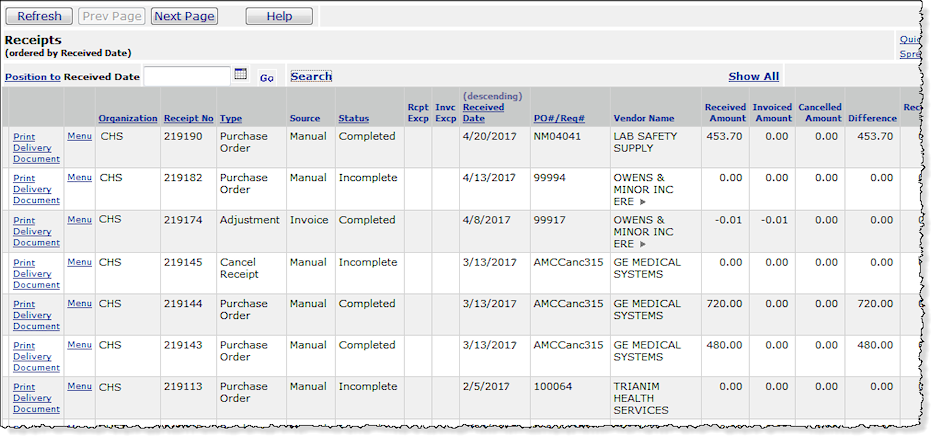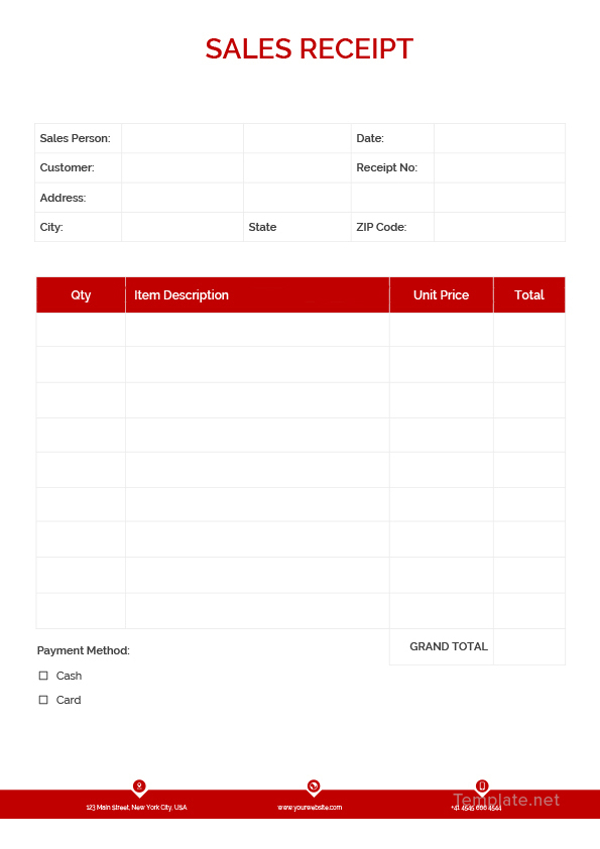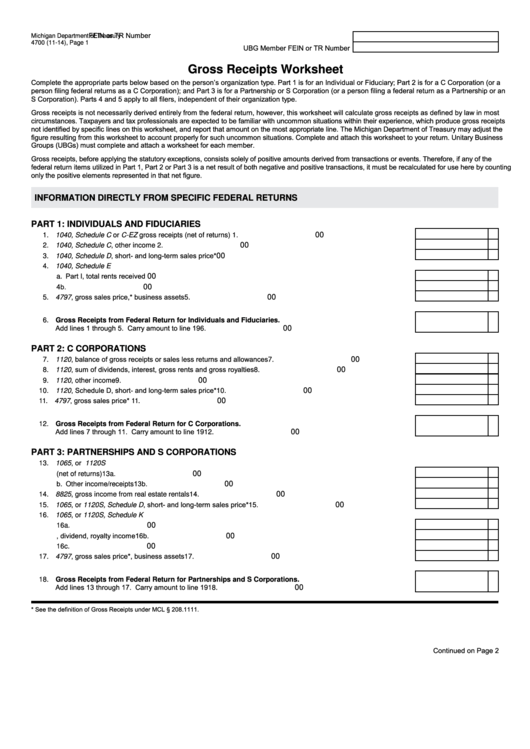

Most applicants will be doing a lookback to account for how the proceeds received from a loan increase will be applied against expenses. Requesting an increase to an original PPP loan doesn’t impact the ability to request loan forgiveness as long as an employer uses the loan proceeds for payroll and other permitted uses that were incurred in the 24-week covered period after the original loan proceeds were disbursed. By using this seasonal business calculation, an employer isn’t forced to annualize payroll expenses over an entire year, which may yield a higher maximum loan amount.ĭepending on how compressed the agribusiness employer’s harvest season is and the amount of payroll, the maximum loan amount for a seasonal employer using this seasonal business calculation method may be significantly higher than their original loan application maximum.
Monthly gross receipts example sba how to#
How to Calculate Loan Amount for a Seasonal BusinessĪ seasonal employer determines its maximum loan amount by using its average total monthly payroll for any 12-week period selected by the seasonal employer beginning February 15, 2019, and ending February 15, 2020.įor agribusinesses, for example, the selected 12-week period would likely encompass the weeks of harvest when payroll expenses are at their highest. Below, discover key considerations to help businesses make this determination. The amended act now lets these employers request an increase to their original PPP loan if they qualify for a higher maximum loan amount under new guidance.īorrowers need to understand the potential risks and unknowns related to requesting an increase in their original PPP loan amount and weigh them carefully against the benefit of an increase to the maximum. During the preceding calendar year, had gross receipts for any six months that were not more than 33.33% of the gross receipts for the other six months of that year.Doesn’t operate for more than seven months in any calendar year, or.The Economic Aid to Hard-Hit Small Businesses, Nonprofits, and Venues Act (Economic Aid Act) provides several new provisions to the Small Business Administration’s (SBA) Paycheck Protection Program (PPP), including a definition for seasonal employers.


Quality of Earnings (Buy-Side/Sell-Side).Organizational & Operational Assessments.Tax Incentives Energy Efficient Buildings.Employer credit for family and medical leave.State & Local Tax Controversy & Dispute Resolution.Federal Tax Controversy & Dispute Resolution.Environmental, Social, Governance (ESG).Internal Revenue Service (IRS) – The IRS requires all profitable businesses to save their receipts for three (3) years. If for any year a business claimed a loss their receipts must be kept for seven (7) years. A receipt must be given to a customer as a record of payment. In today’s environment, receipts are mostly stored electronically and the use of a physical receipt is only used when the customer does not provide an electronic option such as e-mail. Why Use Receipts?īusinesses are required to keep receipts for proper record-keeping in order to pay taxes every quarter or at the end of each year. A receipt may also be needed to verify the legitimacy of purchase for tax purposes. Businesses will generally require a receipt when requested to return or refund a purchase. Unlike an invoice, which is given to customers and clients for the ‘demand of payment’, a business receipt will only be issued after the exchange is complete. A business receipt template is an acknowledgment of a payment received for a product or service provided by a company.


 0 kommentar(er)
0 kommentar(er)
